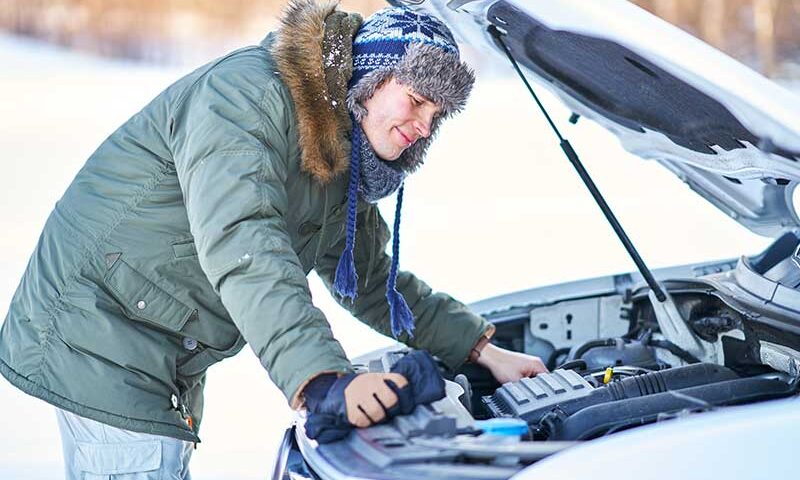Winter Car Care 101 Essential Tips for Cold-Weather Driving

Brake Care Basics Stay Safe on the Road
February 2, 2024As winter approaches, it is critical to prepare your car for the challenges offered by cold weather and poor road conditions. Proper winter car care not only improves your driving safety, but it also helps to avoid costly problems in the future. In this tutorial, we’ll go over some crucial recommendations for getting your vehicle ready for whatever the winter has in store.
1. Check the Antifreeze Levels
Antifreeze, often known as coolant, is essential for keeping your engine’s temperature stable, especially in cold weather. Before the cold weather rolls in, check your vehicle’s antifreeze levels and replenish them up as needed. It’s also a good idea to get your coolant system checked for leaks or other faults that could cause overheating.
2. Inspect tires for proper tread and inflation
Your tires are your vehicle’s first line of defense against winter’s slick roads and diminished traction. Begin by inspecting the tread depth to ensure it satisfies the minimal standard for safe driving in snow and ice. Consider switching to winter tires for more traction and stability. Additionally, check tire pressure on a regular basis, as cold weather can cause tire pressure to drop, hurting handling and fuel efficiency.
3. Maintain visibility with clean headlights and wiper blades
Visibility is critical for safe winter driving, so keep your headlights and wiper blades clean. Dirty or foggy headlights can impair visibility, particularly in snowy or low-light circumstances. Clean them on a regular basis and consider applying a protective coating to avoid ice buildup. Similarly, replace worn-out wiper blades to maintain clear sight in rain, snow, and sleet.
4. Have emergency supplies on hand
Winter weather can be unexpected, so it is best to be prepared for any eventuality. Keep an emergency kit in your car filled with necessities like blankets, extra clothing, non-perishable food, water, a flashlight, a first-aid kit, and a shovel. Consider taking sand or kitty litter to improve traction if you become trapped in snow or ice.
5. Adopt Safe Driving Habits
Finally, one of the most crucial components of winter automobile upkeep is to practice safe driving behaviors. Reduce your speed and increase your following distance to provide for more stopping time on slick roads. Avoid rapid moves like fast twists or hard braking, as they can result in a loss of control. Also, always check the weather and road restrictions before beginning on a journey.
By following these winter auto care suggestions, you can guarantee that your vehicle is ready to face the challenges of cold weather while keeping you safe on the road. Remember, a little planning goes a long way toward a smooth and trouble-free winter driving experience.


